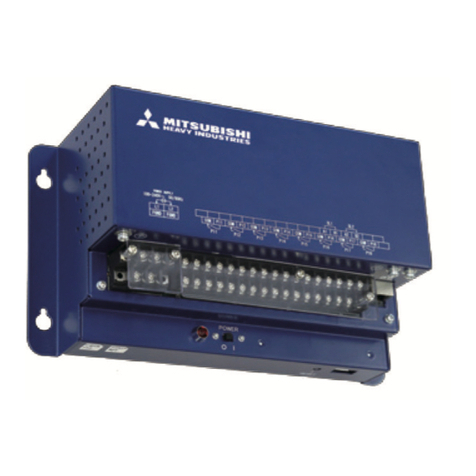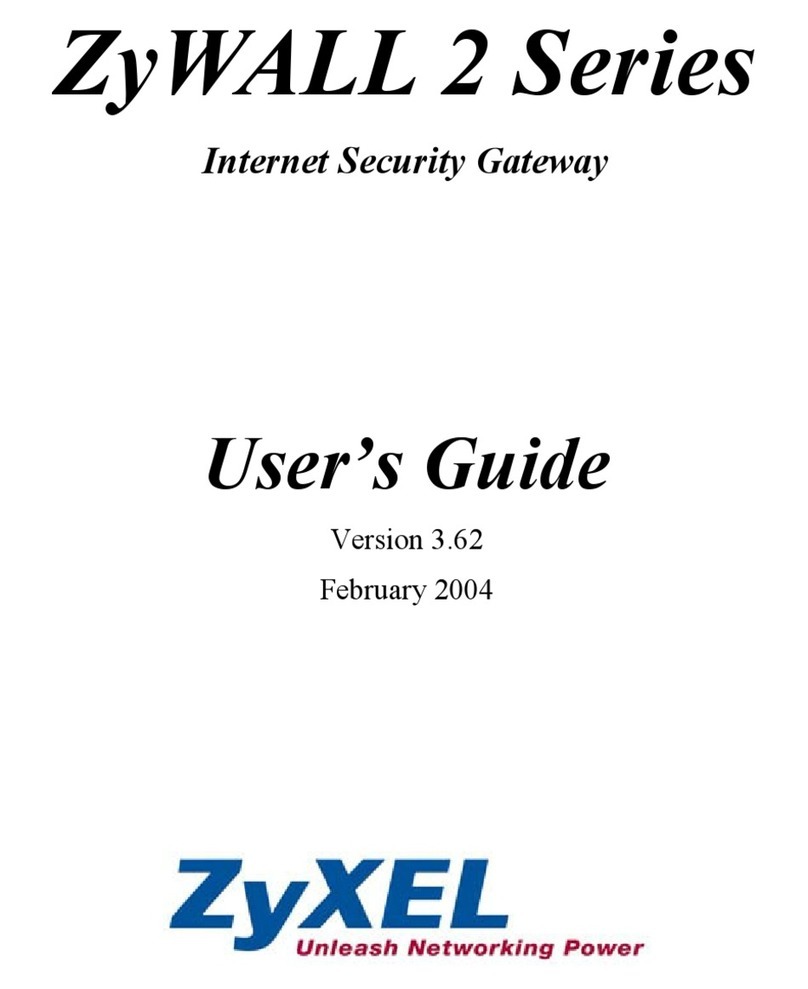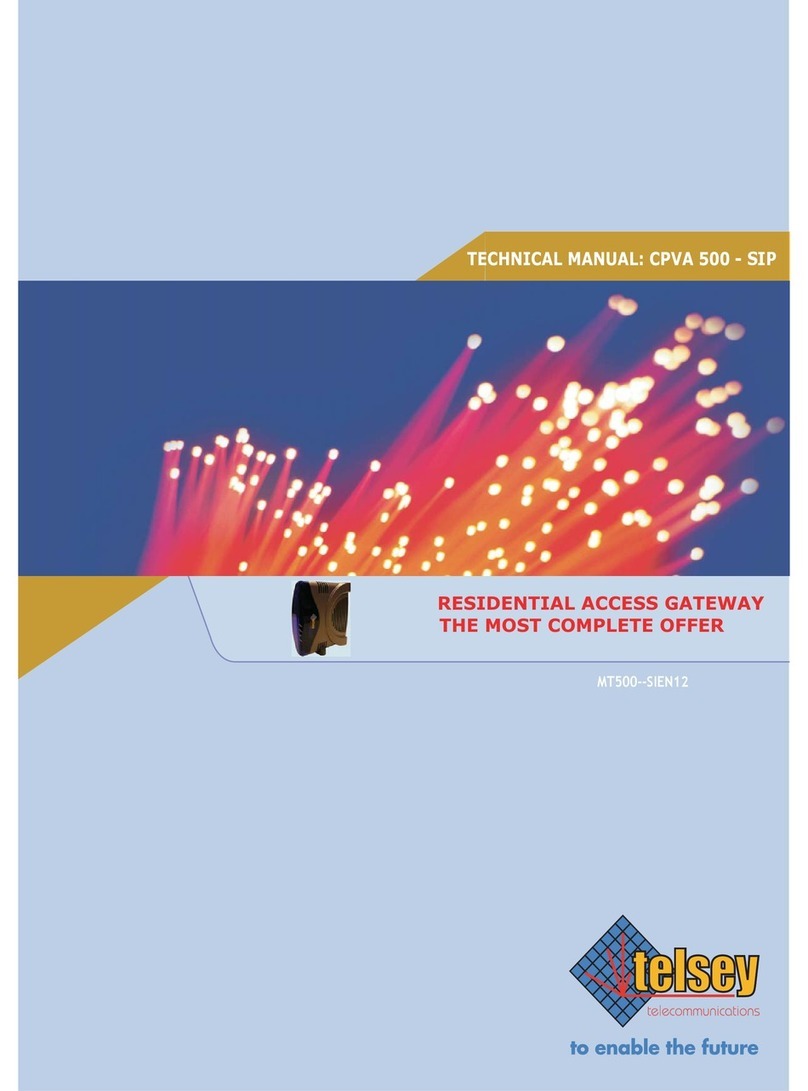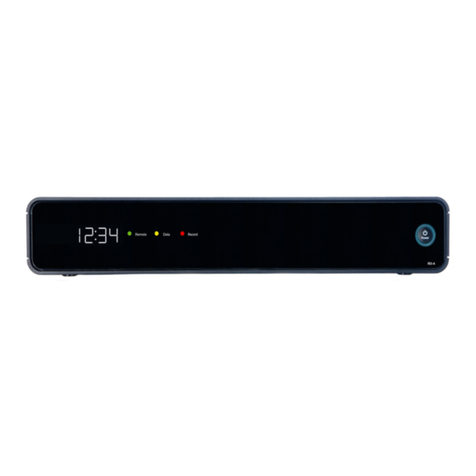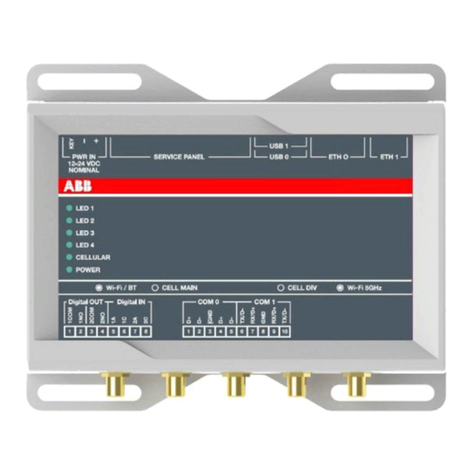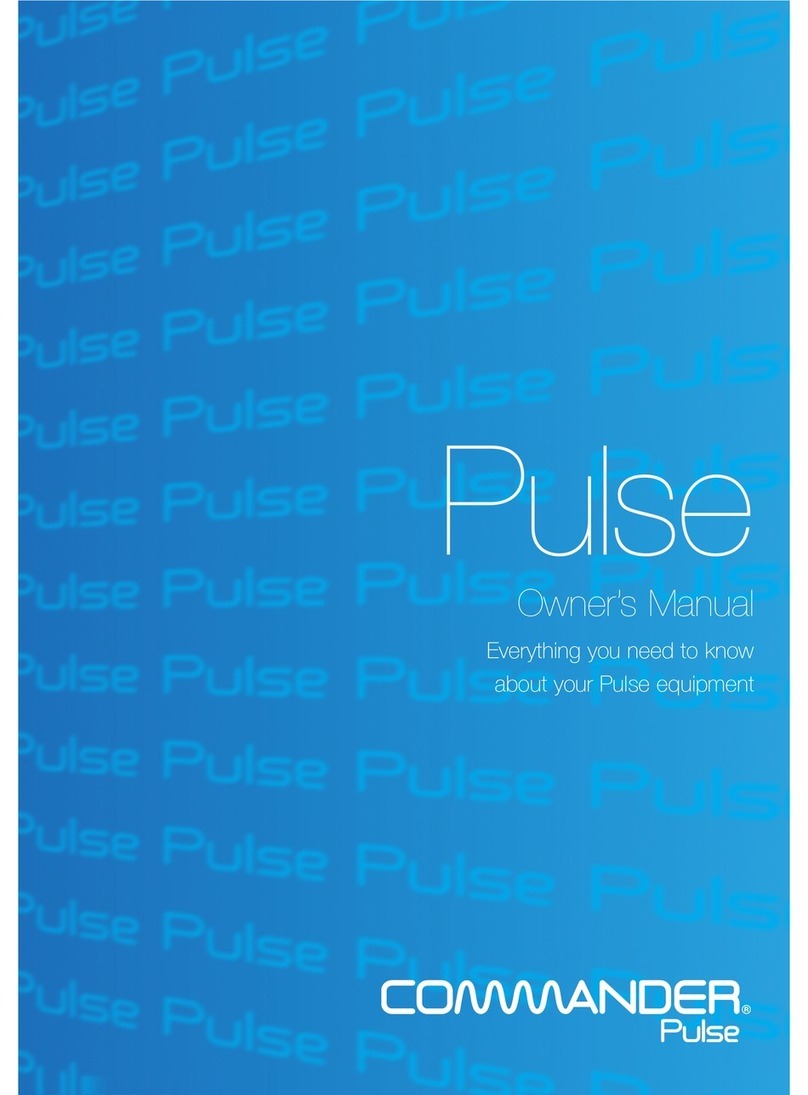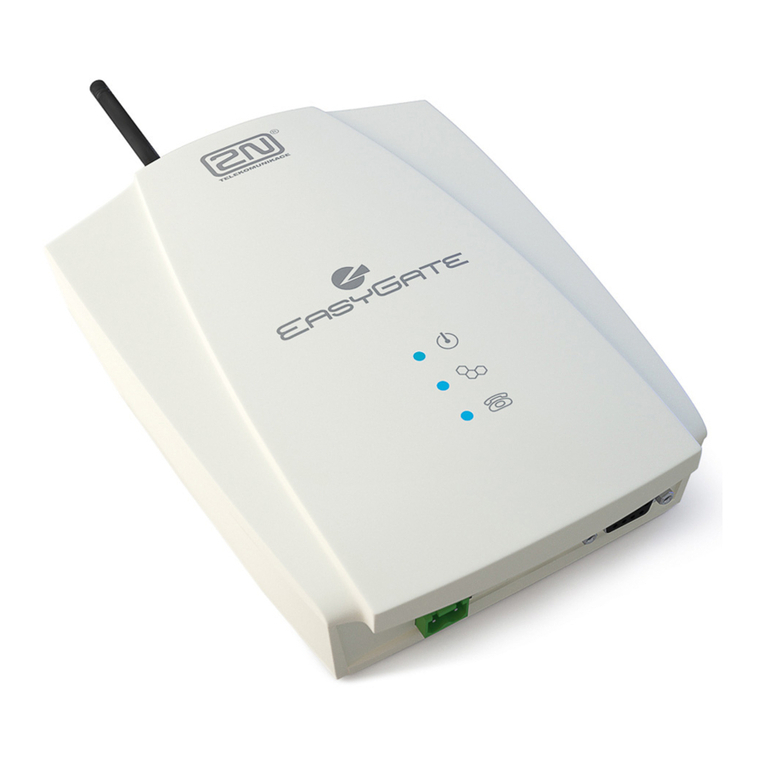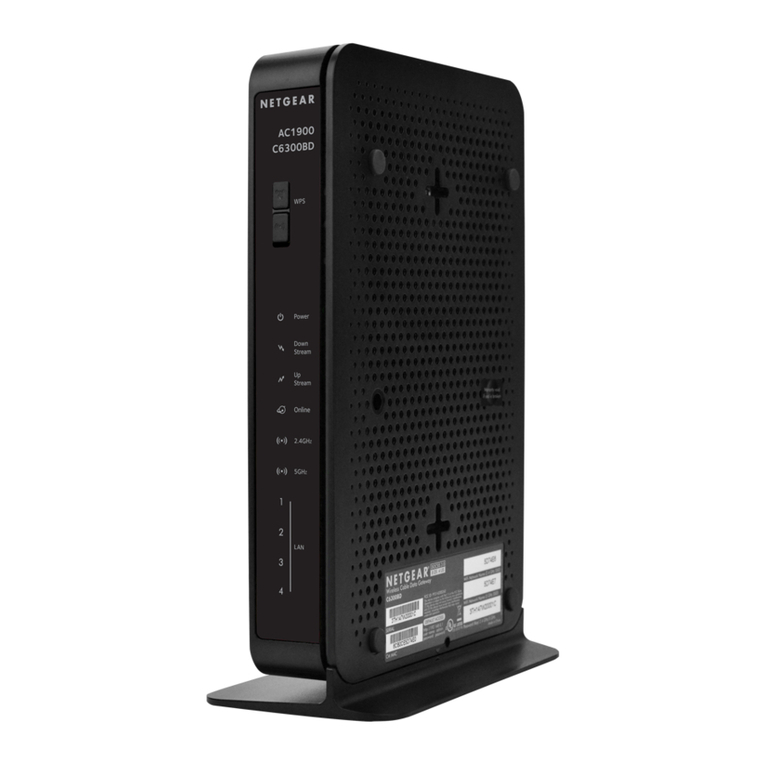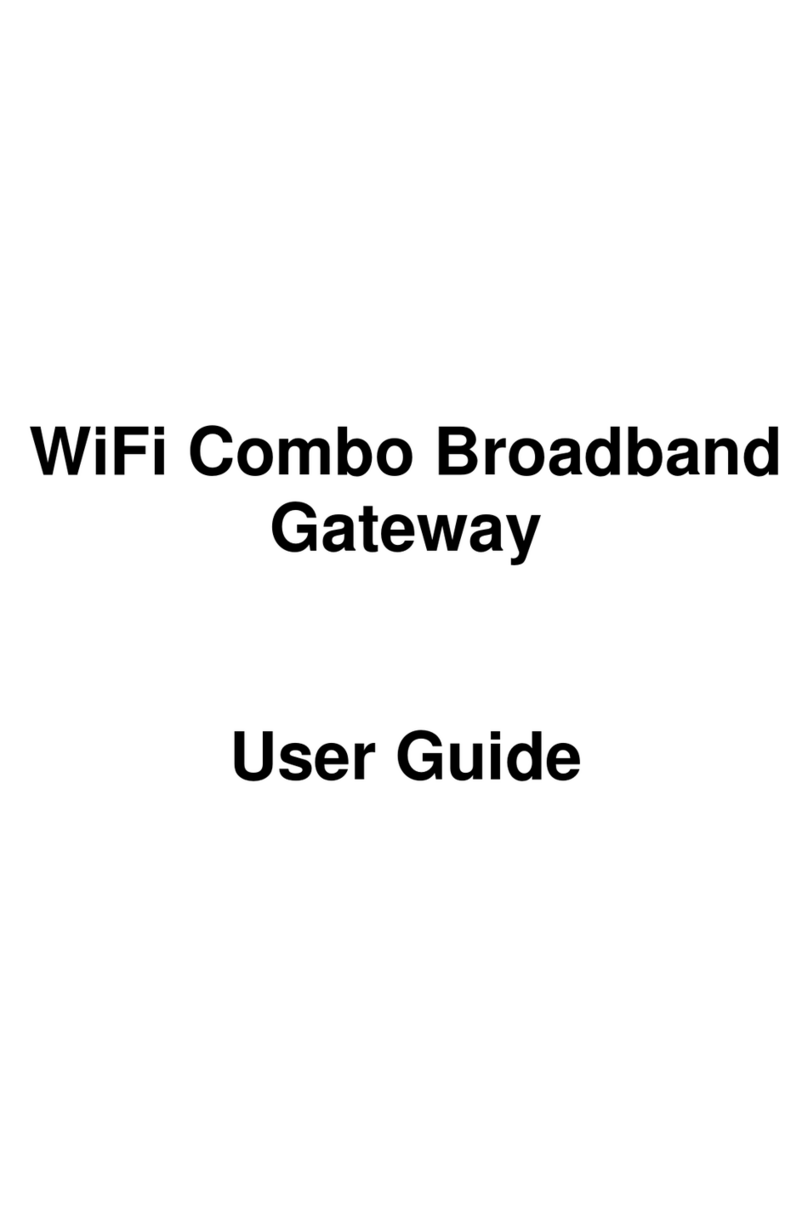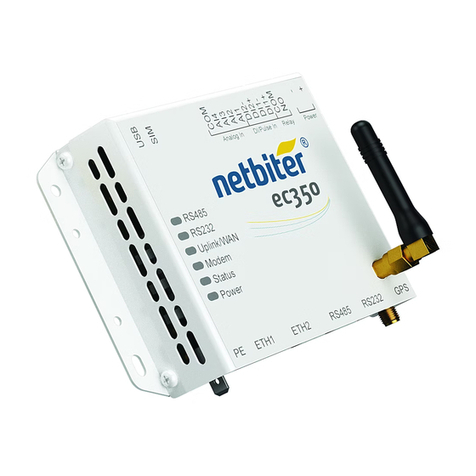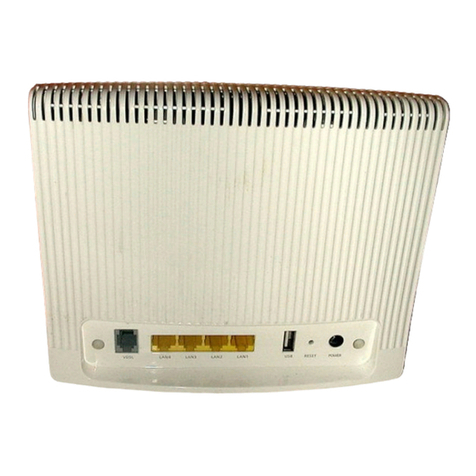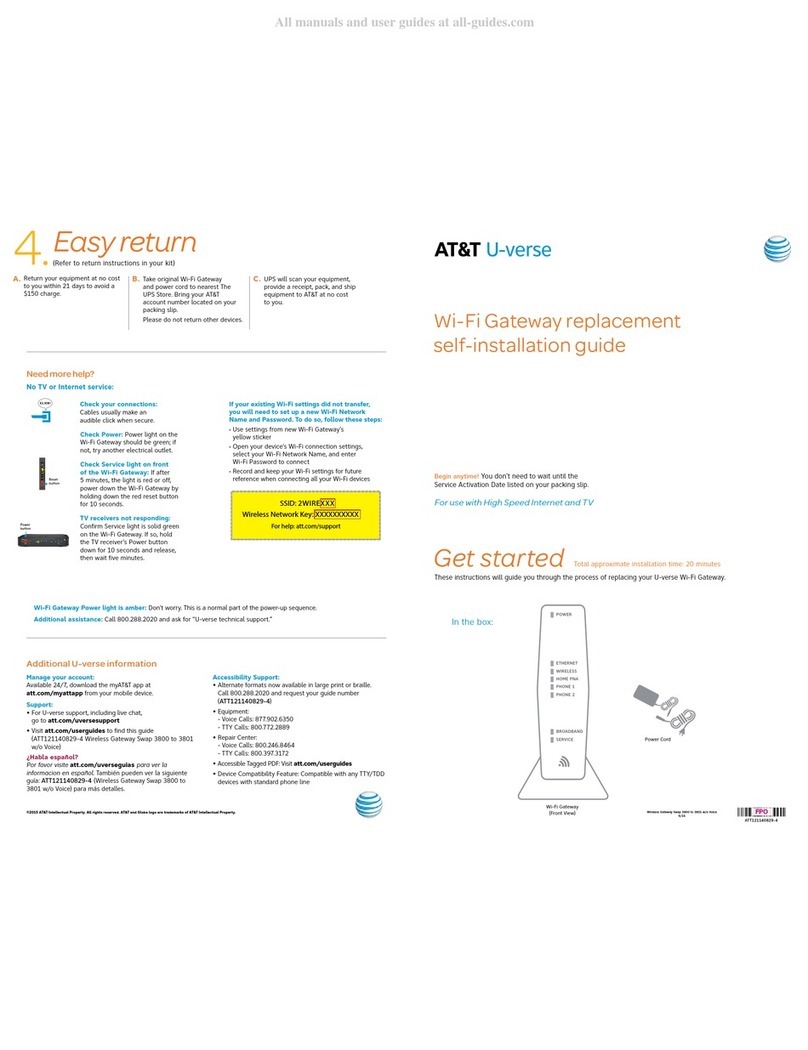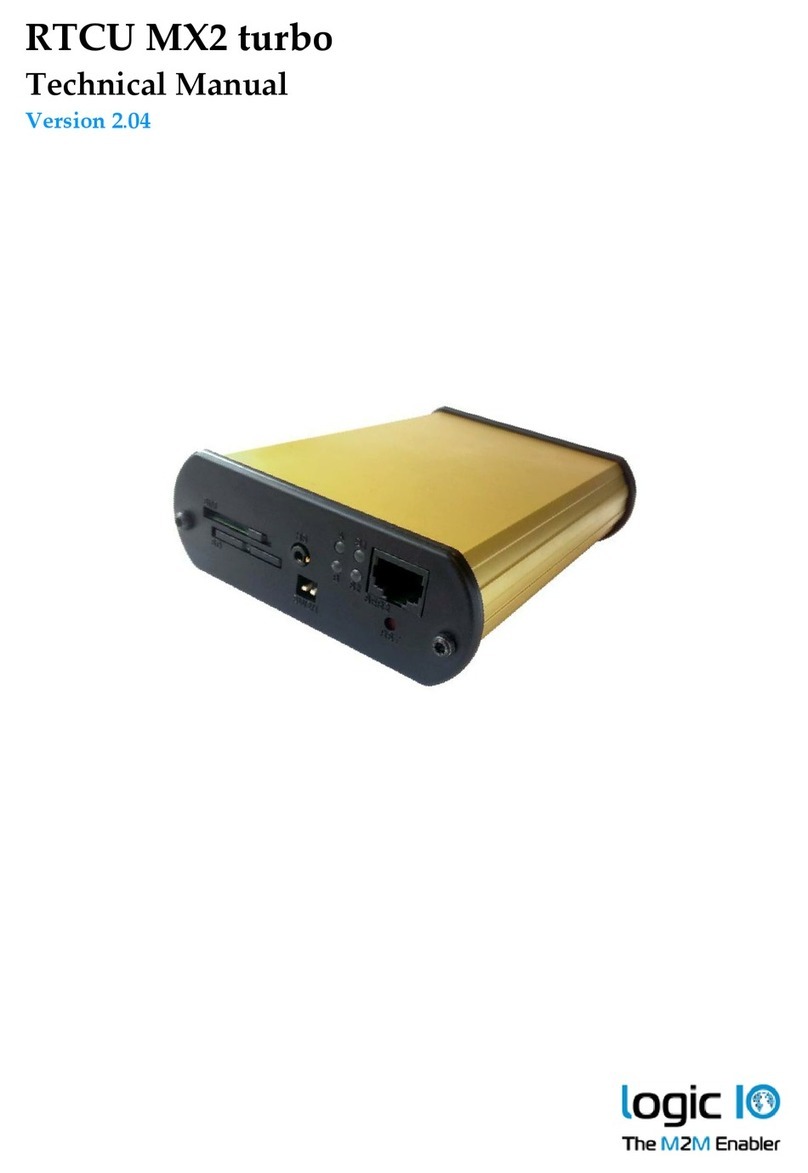Sena Technologies, Inc.
__________________________________________________________________________
__________________________________________________________________________________________-
- 5/15 -
1. Overview
The HelloDevice STS Series is a serial to Ethernet programmable communication gateway for
RS-232 based serial devices with various customization options.
Sena provides easy to use Software Development Kit (SDK) environment to quickly develop
custom applications that run on the HelloDevice STS Series. Users can customize the web
management interface, and integrate the programmed dynamic web pages to web menu.
In addition, user can manipulate the data stream which routes from serial device to socket and
socket to serial device. The user-defined filter program communicates with other programs that are
reading/writing serial port and socket by using FIFOs, and so user can easily manipulate the serial
data without programming related to serial port and socket. The unit runs the embedded Linux
Operating system and facilitates programming using command-line interface or one of several
prepared scripts, using UNIX / Linux commands.
2. SDK (Software Development Kit)
To make user’s own application code, SDK for STS400/800/1600 is needed. STS400/800/1600
SDK is provided in the form of PC CF card (Please contact Sena Technical Support to get SDK for
STS400/800/1600.). The SDK contains compiler, linker, library files, header files and some sample C
files. The directory structure of the SDK is as follows.
/mnt/flash bin
sample
lib
include
Binary files can be executed.
gcc, ld, ar, as, ...
Header files for STS applications.
Library files for STS application
web
filter
Sample C files for web
customization.
Sample C files for filter
customization.



